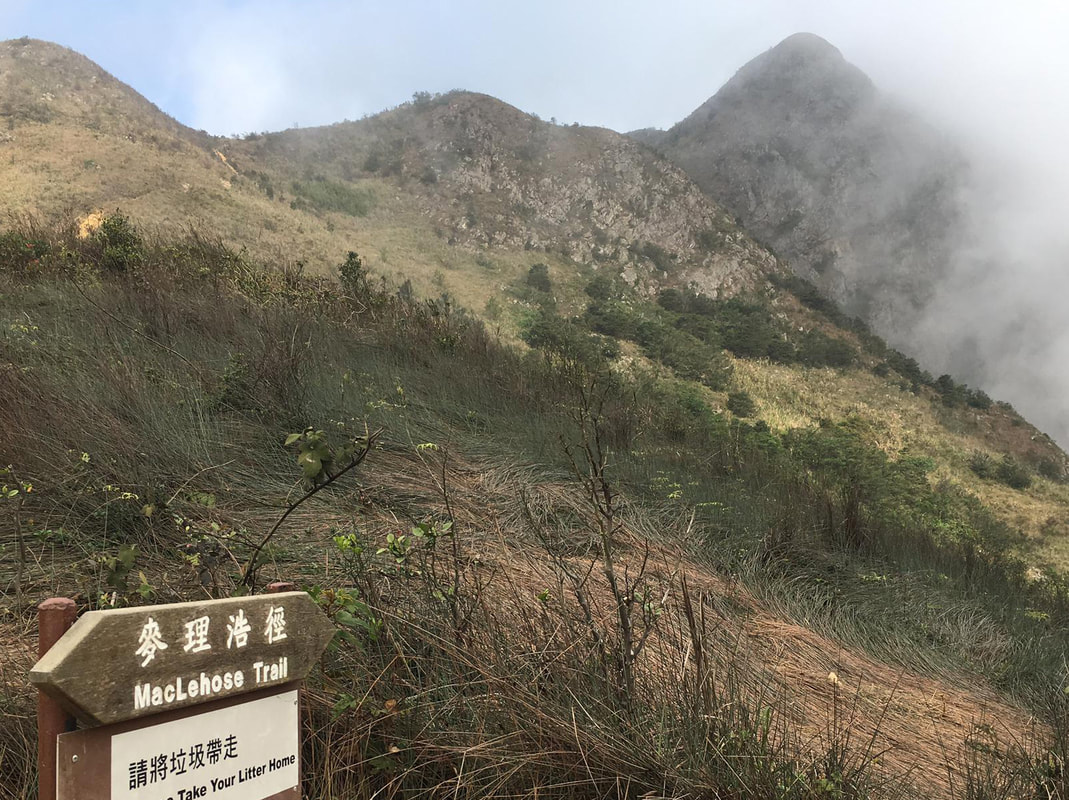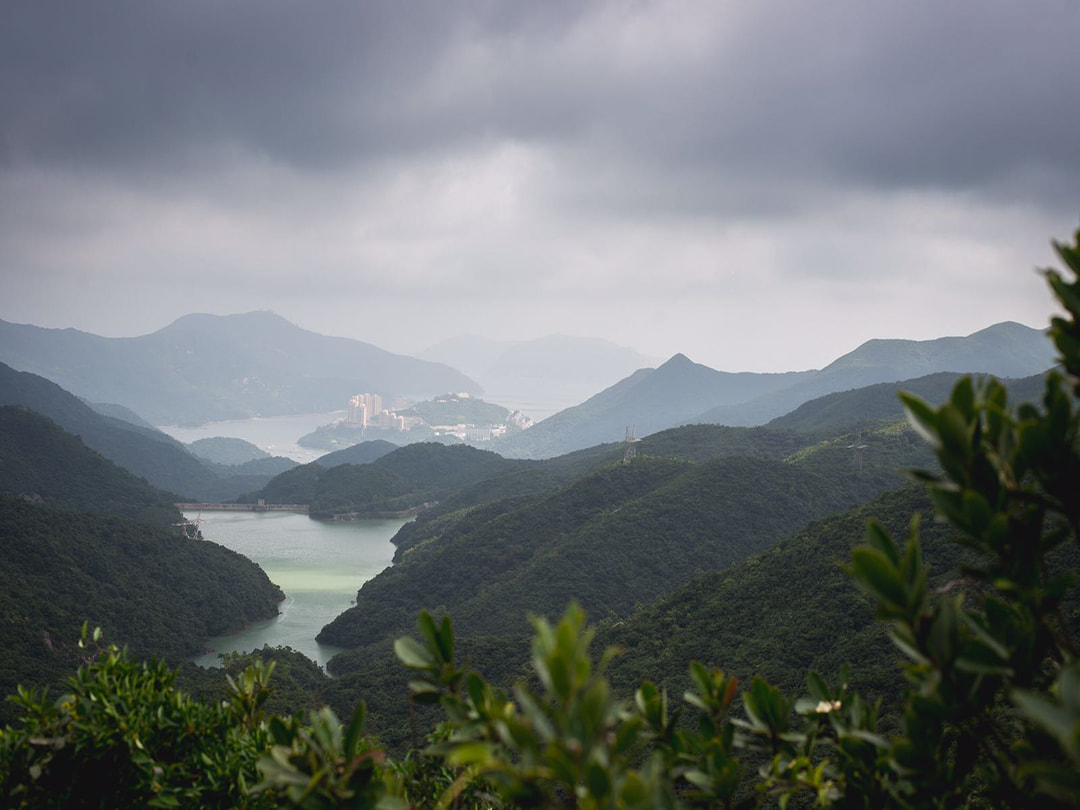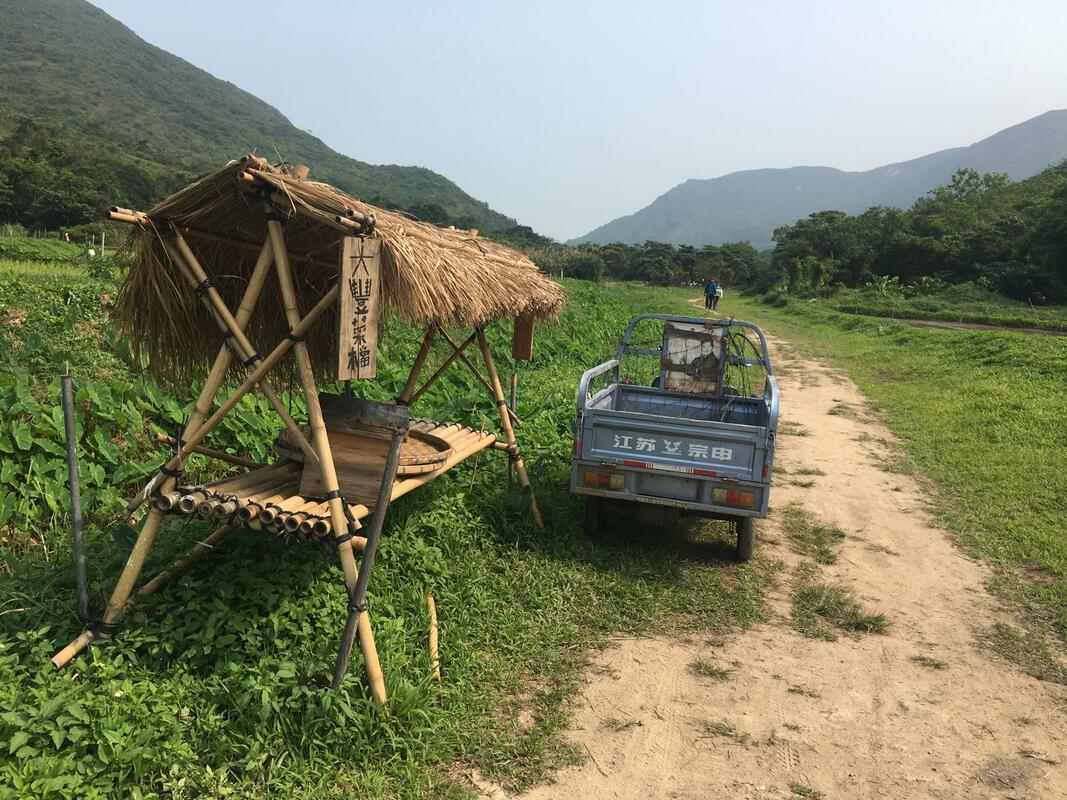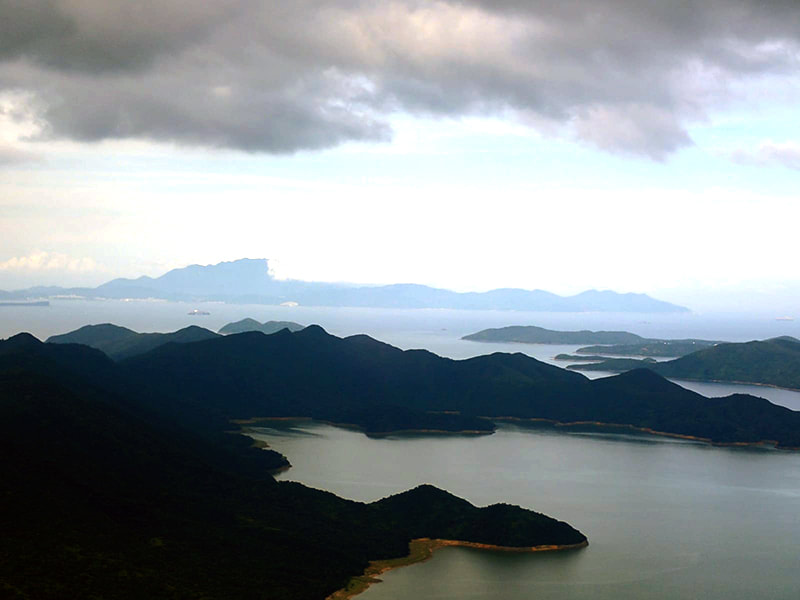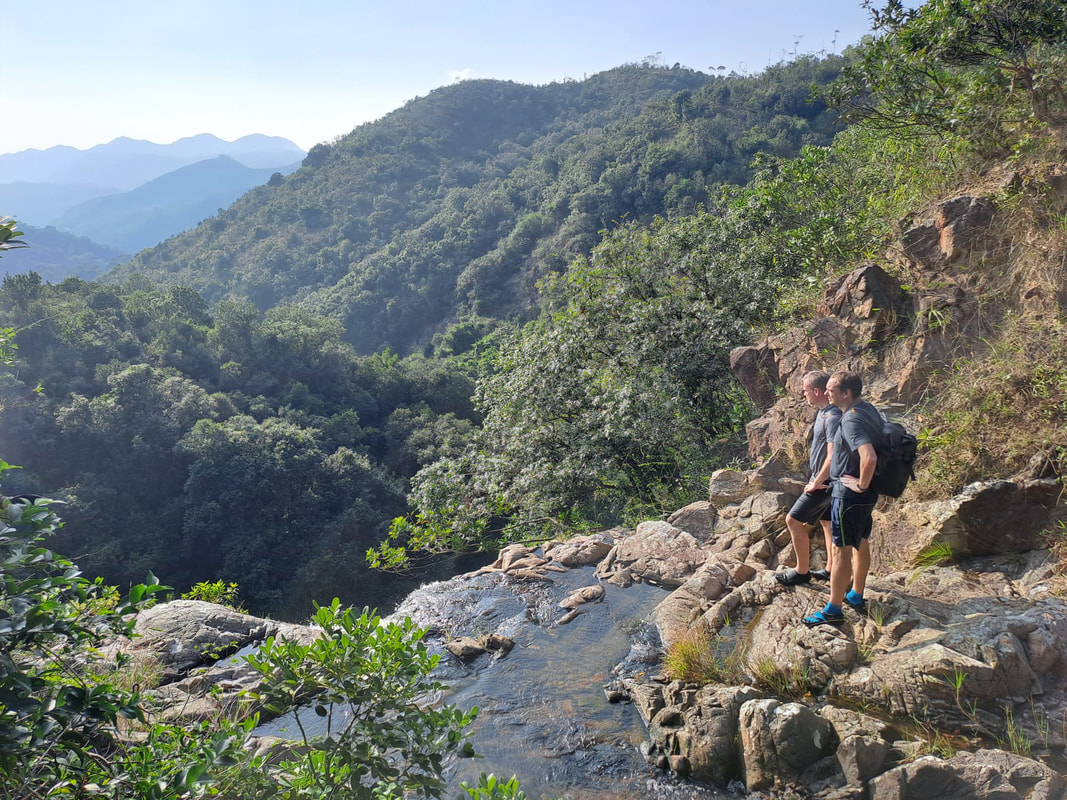A guide to thru-hiking, multi-day camping and wild camping Hong Kong's major trails
The Big Four
MacLehose TrailThis is the Grandaddy of the Hong Kong hikes. An unforgiving 100km hike up and down some of Hong Kong’s highest peaks and through it’s most stunning landscapes. Beautiful beaches and coastlines, urban views over Kowloon, ridges, peaks, forests, jungles, reservoirs, grassland, monkeys, this 10 section hike has the lot.
|
Hong Kong TrailThe Hong Kong Trail. Easily accessed and with an elevation gain of 3200m, the least technical of the four, but poses a conundrum for the thru-hiker. With no official campsites on Hong Kong Island you have two options. Go light and batter all 50 km in one go, or bring along a tent, hammock or bivvy bag and risk it in a makeshift site for the night.
|
Lantau TrailA game of two halves, the Lantau Trail is a 70km loop beginning and ending in Mui Wo. The trail is split into twelve sections with an elevation gain of 3500m, the first half of which will see you climb Sunset Peak and Lantau Peak, Hong Kong’s second and third highest mountains then along ridges and through rice paddies before navigating Lantau's lesser travelled rugged south west coast. Take your pick of campsites, there's plenty of interesting options here on the Lantau trail.
|
Wilson TrailA dark horse, the Wilson is the most technical of the four. With relentless elevation throughout, this intriguing hike through a mix of Hong Kong urban and rural from the far south to to the far north is not to be underestimated. Campsites are few and far between on this trail, but for the purists out there, some creative planning, an appetite for risk and a good dose of stealth should safely see you over the line on this challenging multi-day, 78km long hike.
|
Other recognised long-distance trails
Argyle Ross TrailDescribed as a 'devilish new masterpiece' the Argyle Ross is a challenging twelve section, 100km swim hike from the desolate far north east islands of Double Haven Geopark to the far west enclave of Ha Pak Lai overlooking Shenzhen. This hike will have you sea swimming between beautiful islands, hiking streams, jumping in waterfalls and traversing rugged coastlines, ridges, reservoirs and beaches across the length of Hong Kong.
|
Tinworth TrailAt 5000m gain, the Tinworth Trail is one for the elevation junkies. Nearly every section on this 91km trail begins with a calf-burning climb and it's relentless ups and downs are only broken with two flat sections. This well-designed trail avoids the big four for the most part, runs diagonally from the far north east of the New Territories, to Tai O in the far south west of Lantau bringing several classic, overlooked Hong Kong hikes into play.
|
Camping
Camping is easy and free in Hong Kong, there are many official AFCD campsites on the trails. There are times however, that things just don’t fall into place or there will be several dry sections with no official campsites (a particular issue with the Wilson Trail). Sometimes you just have to pitch up and Hong Kong can be relatively forgiving of those that do. In addition to Hong Kong’s many official (and free) campsites I have also listed some possible unofficial campsites and wild camping opportunities consisting of mainly BBQ sites and beaches. You can also check out our wild camping Hong Kong map. If you do choose to stay at one of these sites, try and find a secluded spot off the trail, pitch at night, and make sure you clean up after yourself and get out of there early doors. I’ve never had a problem doing this, but if you are unlucky and a park warden moves you on, the best thing to do would be to politely acknowledge your mistake and find somewhere else. When the night time weather is warmer, you can ditch the tent and bring along a mosquito net and a mat or a bivy bag instead.
Water
Anyone that has hiked in Hong Kong will know fine well the damage plastic has done to its many wonderful beaches and coastlines. I have therefore not listed anywhere you can buy plastic water. Just don’t do it. There is no need. Hong Kong’s streams will provide you with fresh clean water and most sources at the public toilets come clean off the mountains. I’ve been caught short a few times and drunk straight stream water with no ill effects but to be safe I always carry a Sawyer water filter, an essential bit of kit for the thru-hiker. You can pick one of these up from hiking shops in Mong Kok. I have mapped the opportunities for filling up water on the way, either from stream sources or from taps at public toilets. Most sources I have mapped are available year round, at wetter times of the year there will be more stream sources and therefore more opportunities to fill up. Make sure you take some Aquarius, Pocari or equivalent salts in powder form. The symptoms of salt depletion can be serious and deadly.
Food
I thoroughly recommend buying a dehydrator. You’ll need to carry around 3 meals a day plus snacks for 3-4 days. Most of the weight from food comes from moisture content and you can reduce this weight by around two thirds by dehydrating it. Cook your meal beforehand, dehydrate it for a few hours in the dehydrator and stick it in a ziploc bag, then when you are ready to consume it, empty it into a small camping pan, add water and heat it. It’s as good as new, nutritious, and doesn’t come loaded with salt and chemicals. For cooking, a compact emergency stove, a small pan and three Hexamine tablets will cook anything in a few minutes. As much as I enjoy survivalism, the last thing you want to have to do after 10 hours solid hiking is collect dry wood and get it lit to cook your dinner. You’ll need nutritious food quickly, and this is the best, and lightest way to do it. I also make my own muesli bars for the trail by dehydrating porridge and mixing in salt, honey, dehydrated fruit, nuts and chocolate. You can further reduce your pack weight by planning for restaurant or kiosk stops for lunch or dinner. I have mapped opportunities for this so plan these into your hike.
Vending Machines
Essential? Probably not. But there’s nothing like a morale-boosting sugar rush from a can of fizzy juice between sections. You’ll be glad of it. Just make sure you remember your Octopus card or you’ll be licking the outside of the machine.
Hygiene
There are a few opportunities on the trails for a refreshing dip in a rock pool, waterfall or the sea. Take these opportunities when you can as they are few and far between. I only carry one change of clothes, so wash your clothes with soap at public toilets when you can, hang them off your rucksack to dry as you hike, or leave them overnight to dry at your campsite.
Toilets
I have only mapped public toilets that offer water sources. If you are coy about going to the toilet in the jungle then maybe thru-hiking just isn’t for you. Most campsites have toilets and there are plenty of public toilets on the way if that’s really your thing.
Best times to thru-hike in Hong Kong
October to December are slightly cooler, drier and less humid and should still have a good amount of flowing streams from the summer rains. These months are ideal for taking on the bigger trails. January to March can be a bit cold, especially at night in the New Territories where single figures are not unknown. It’s also sometimes wet but even so, the streams won’t be flowing at full capacity so water may be scarce. April and May it’s beginning to get hotter, the weather is unpredictable. Sometimes being able to get three or four straight days without a torrential downpour or a thunderstorm at this time can be difficult. The summer months June to September are definitely not recommended. It’s hot, humid and thundery and the temperature rarely drops below 30 degrees, even at night. Typhoons are hammering Hong Kong with increasing regularity and strength. In addition, people die from heat stroke all the time in Hong Kong hiking in the summer. We took on the Wilson in June, and in 34 degree heat it was far from pleasant, but doable with minimal kit and the correct preparation.
